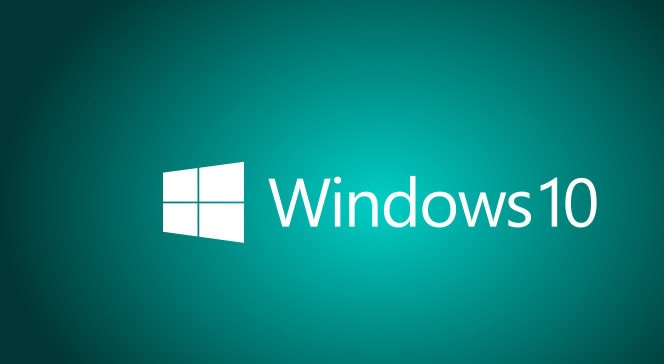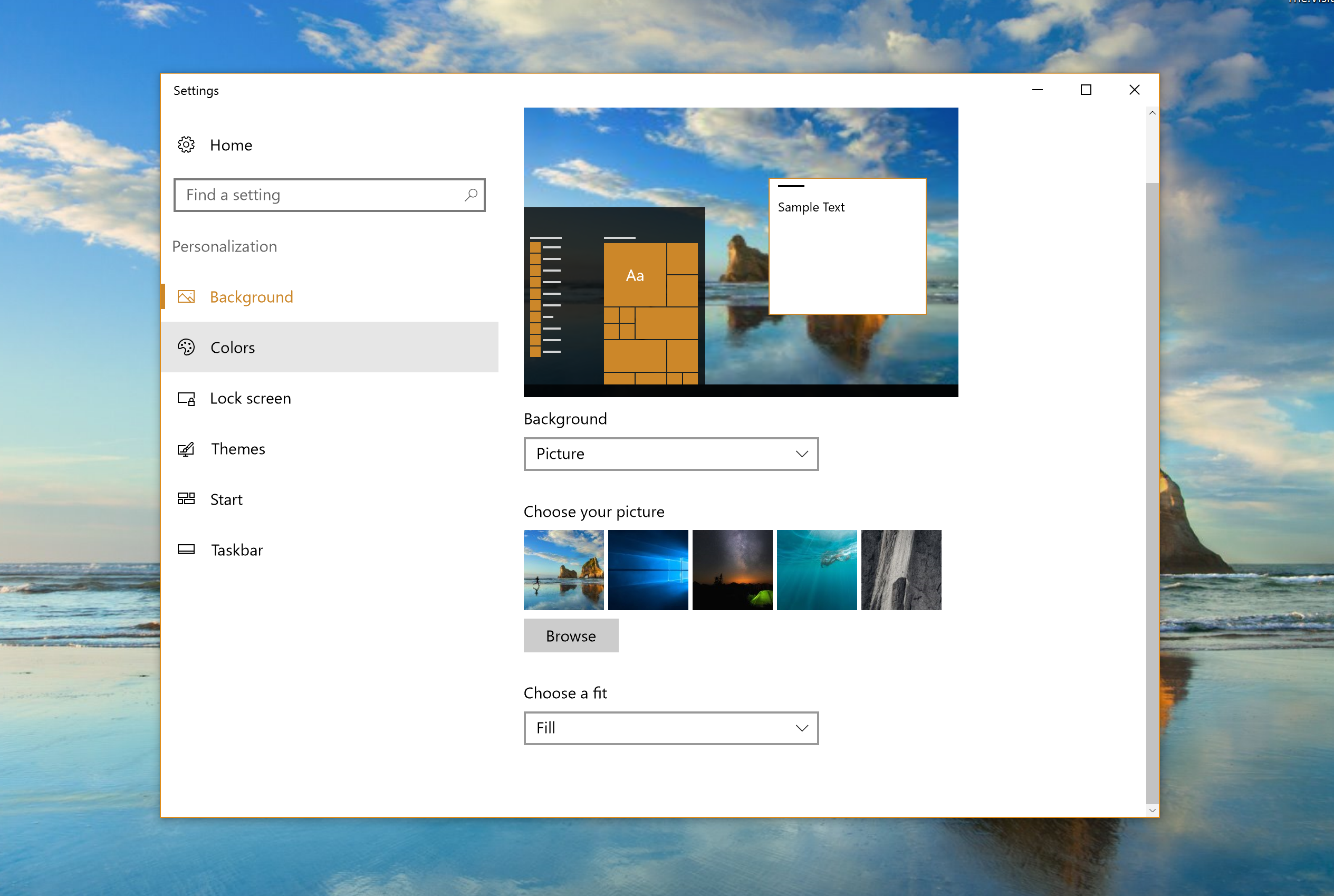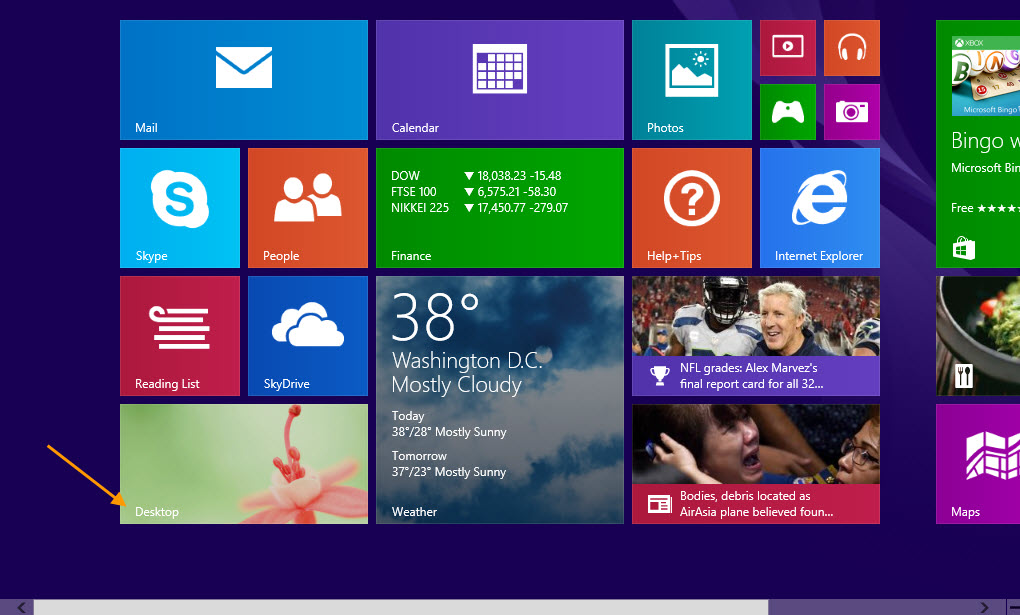

- Windows switch desktops install#
- Windows switch desktops full#
- Windows switch desktops mac#
- Windows switch desktops windows#
To close a virtual desktop, hover your mouse over it in Task View and click the X on its upper right. You can keep creating new desktops this way and switch among them. To switch between desktops, click the Task View icon and click the desktop to which you want to switch. The bottom of the screen shows all your virtual desktops, and the main area shows the apps running in the current desktop. To create a new desktop, activate Task View and click New desktop at the bottom of the screen. You can run a different set of apps inside each virtual desktop - for instance, you could dedicate one desktop to work-related apps, and another desktop to entertainment-related apps. Press the Esc key to leave Task View and return to where you were.Īt the bottom of the screen, you’ll see thumbnails of any virtual desktops you’ve created, along with a “New desktop” button. For those used to using the old Alt + Tab key combination to cycle through open apps and applications, you can still do that as well. If you hover your mouse over any thumbnail, an X appears in its upper-right corner. Click any thumbnail to switch to that app. At the top of the screen you see your currently running apps and applications arrayed against a fuzzy version of the desktop so you can quickly see what you’ve got running.
Windows switch desktops windows#
(Note that Task View no longer includes Windows 10’s Timeline feature that displayed snapshots of the files you worked on recently.) When you do, Task View springs into action. To activate Task View, click its icon (two overlapping squares) in the taskbar just to the right of the Search button, or press the Windows key + Tab.

In Windows 11, Microsoft redesigned its Task View feature for creating multiple virtual desktops, and it’s now more useful than ever. To change this setting, choose Apple menu > System Preferences, click Mission Control, then deselect the checkbox for switching.Of 2 Task View and virtual desktops For example, if you create a new TextEdit document in Desktop 3, but TextEdit windows are already open in Desktop 2, your new document opens in Desktop 2. None: The app opens in whichever space you’re using at the time.īy default, when switching to an app, the desktop automatically switches to a space that has open windows for the app.
Windows switch desktops full#
If you use the app full screen, it appears in its own space.ĭesktop on Display : The app opens in the current space on a specific display (if more than one display is available). This Desktop: The app opens only in the current space. In the shortcut menu that appears, choose Options, then choose one of the following:Īll Desktops: The app opens in every space. You may need to first open the app to show its icon in the Dock. On your Mac, Control-click an app’s icon in the Dock. If you use two or more spaces, you can assign an app (or System Preferences) to a specific space so it always opens in that space.
Windows switch desktops mac#
Make and receive phone calls on your Mac.


Use a keyboard and mouse or trackpad across devices.Use Continuity to work across Apple devices.Use SharePlay to watch and listen together.Use Live Text to interact with text in a photo.Make it easier to see what’s on the screen.Change the picture for you or others in apps.
Windows switch desktops install#


 0 kommentar(er)
0 kommentar(er)
